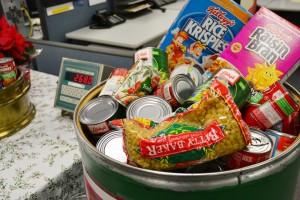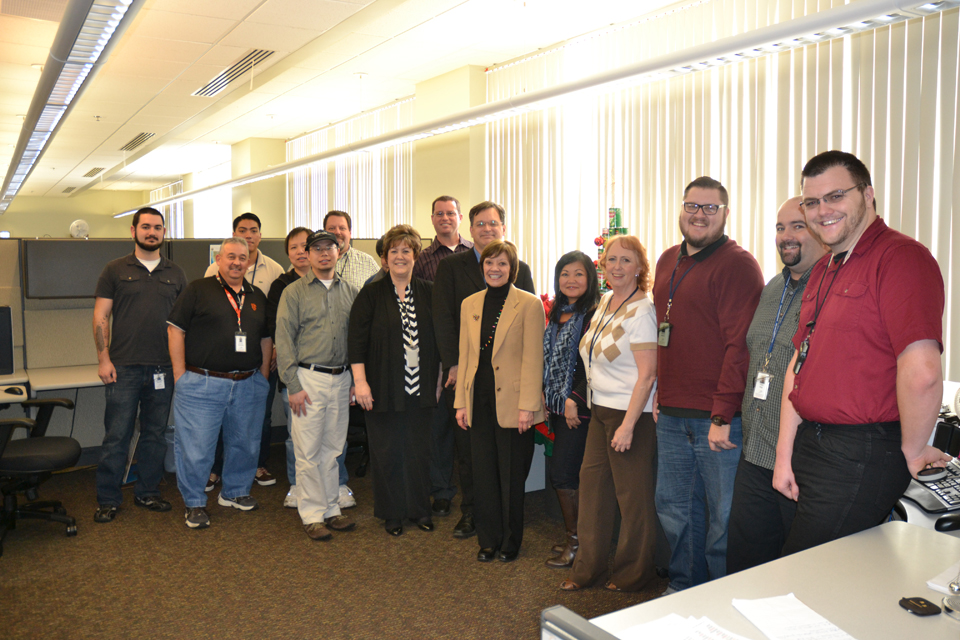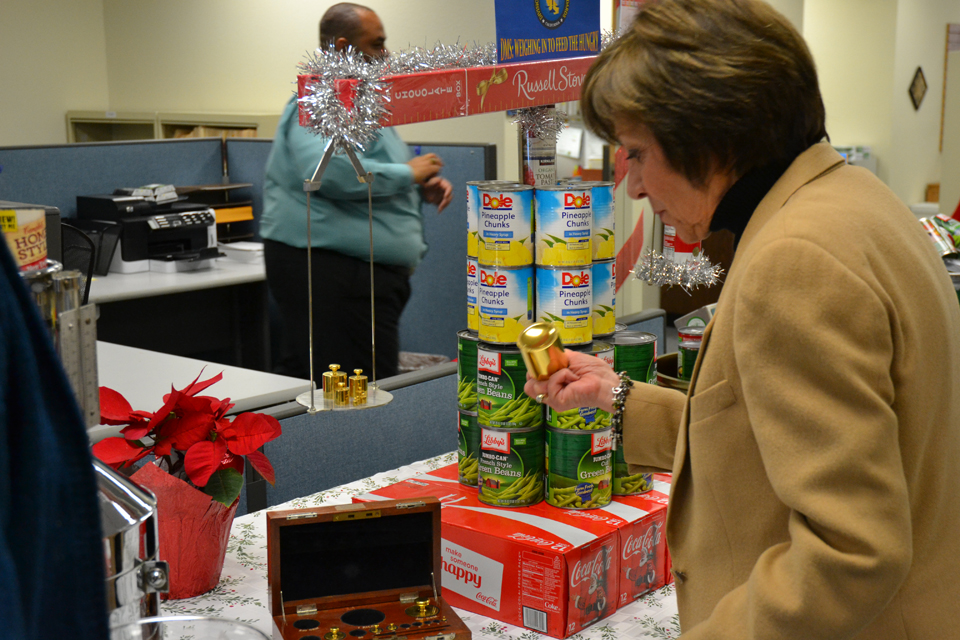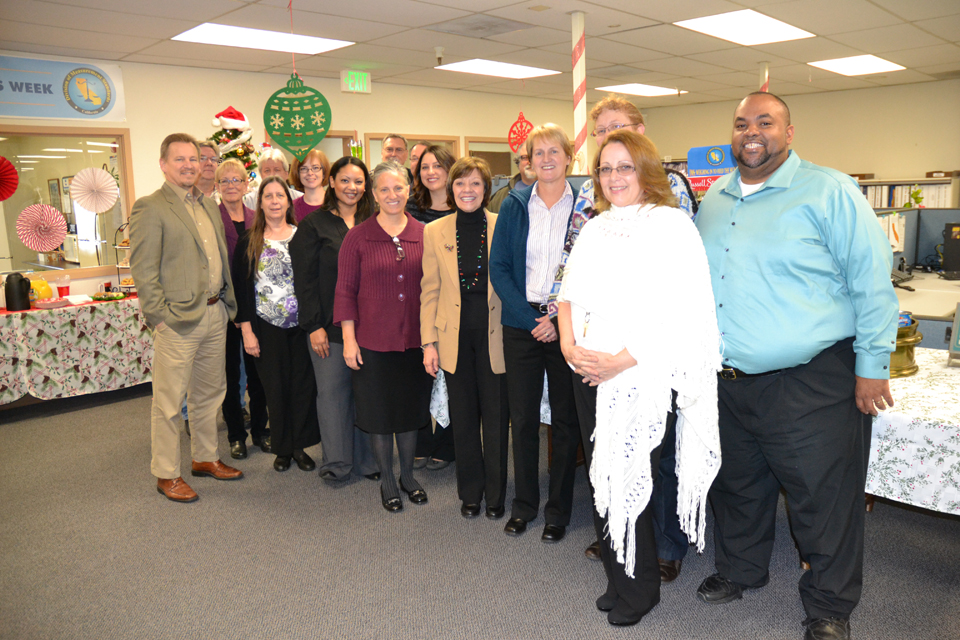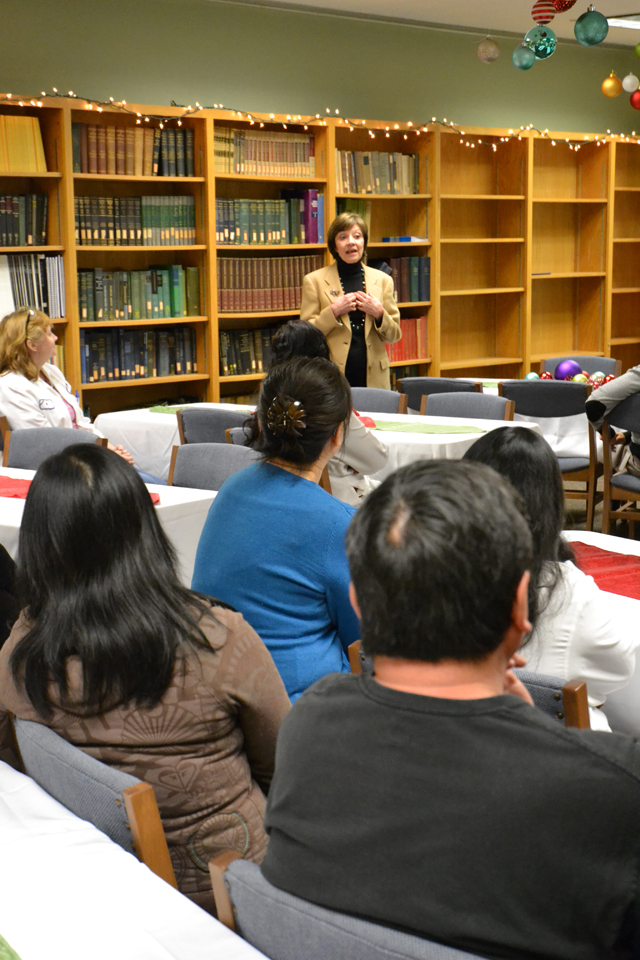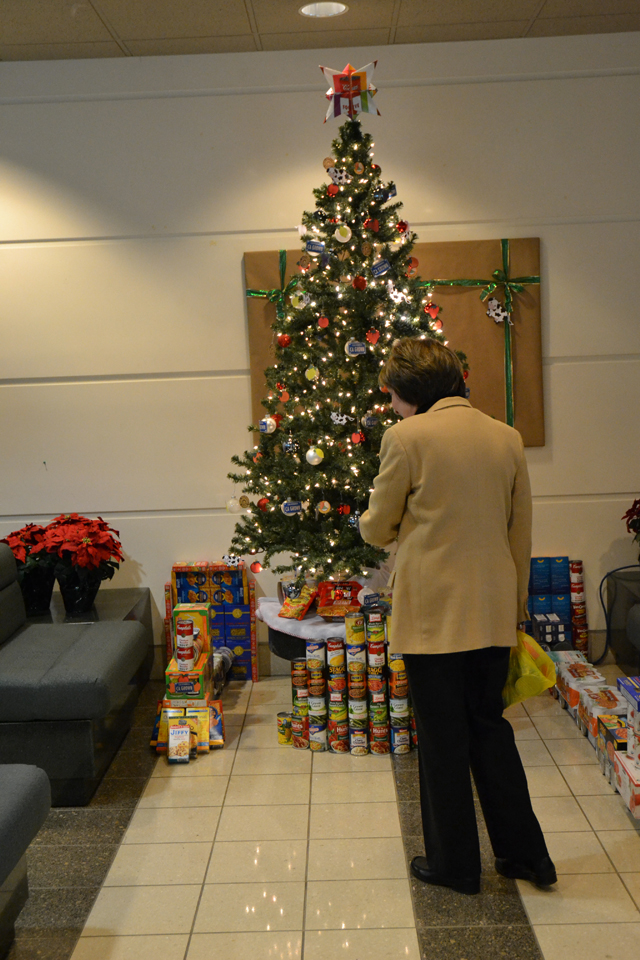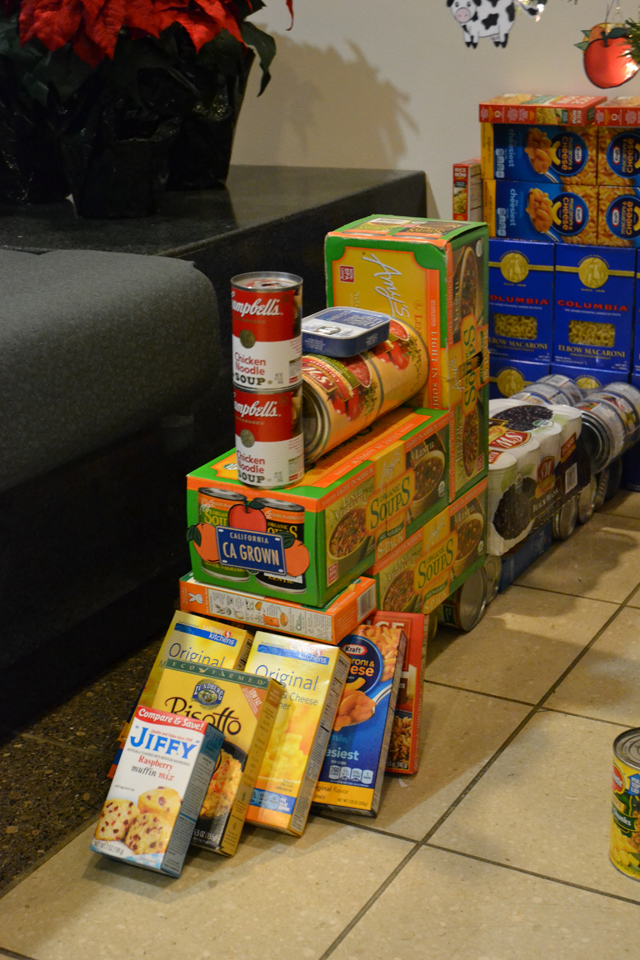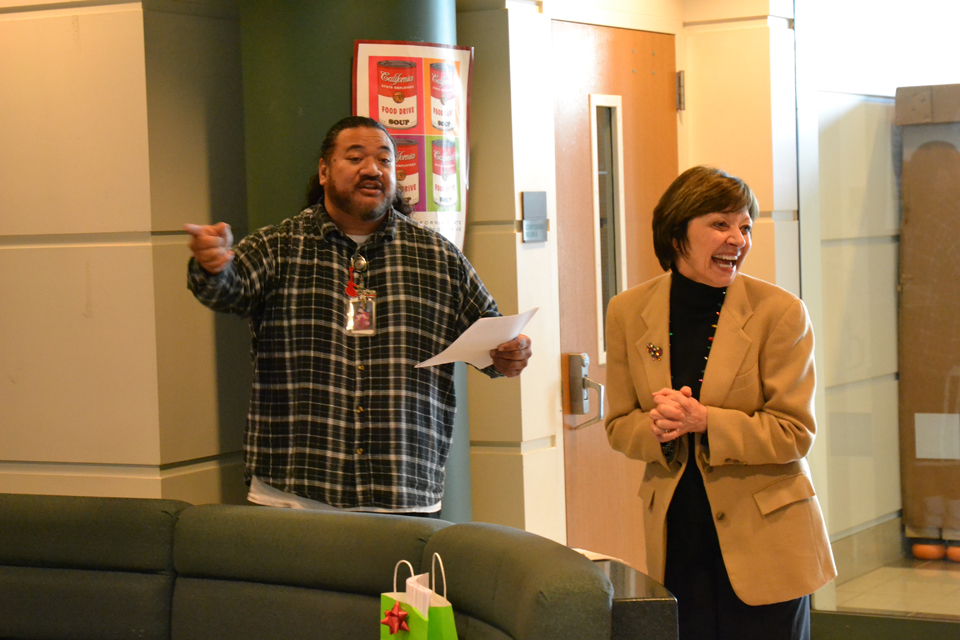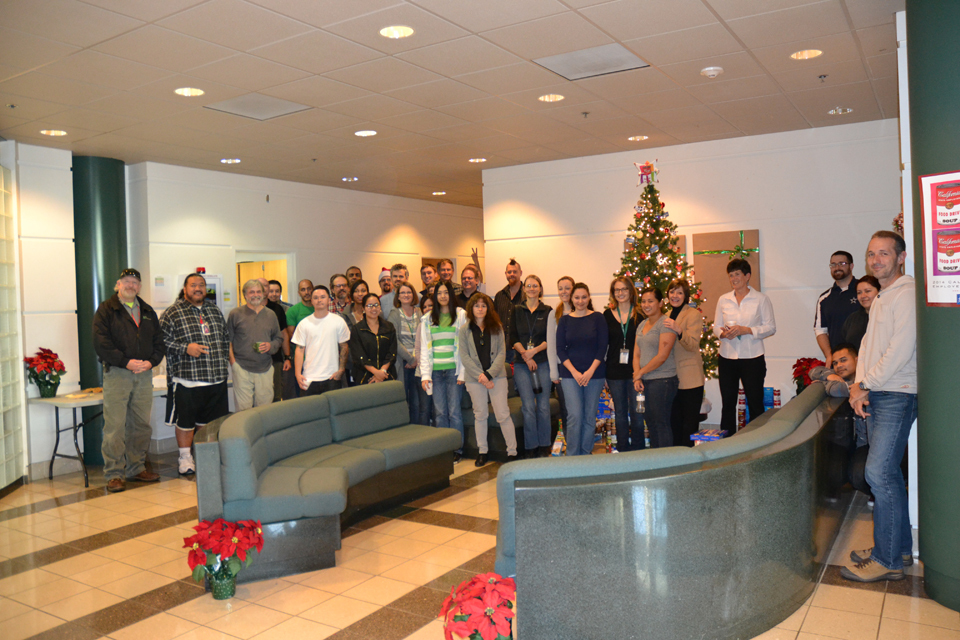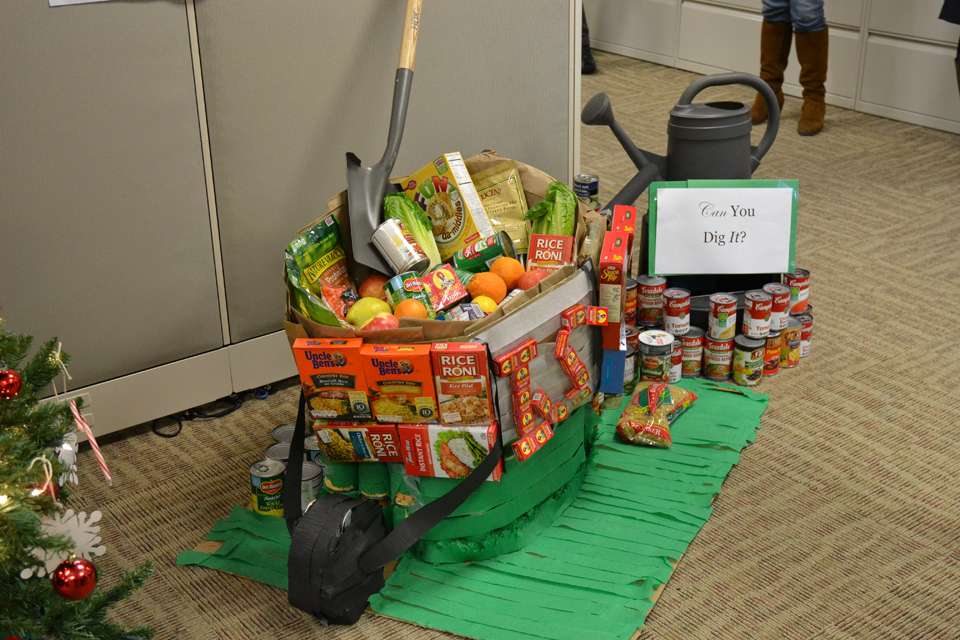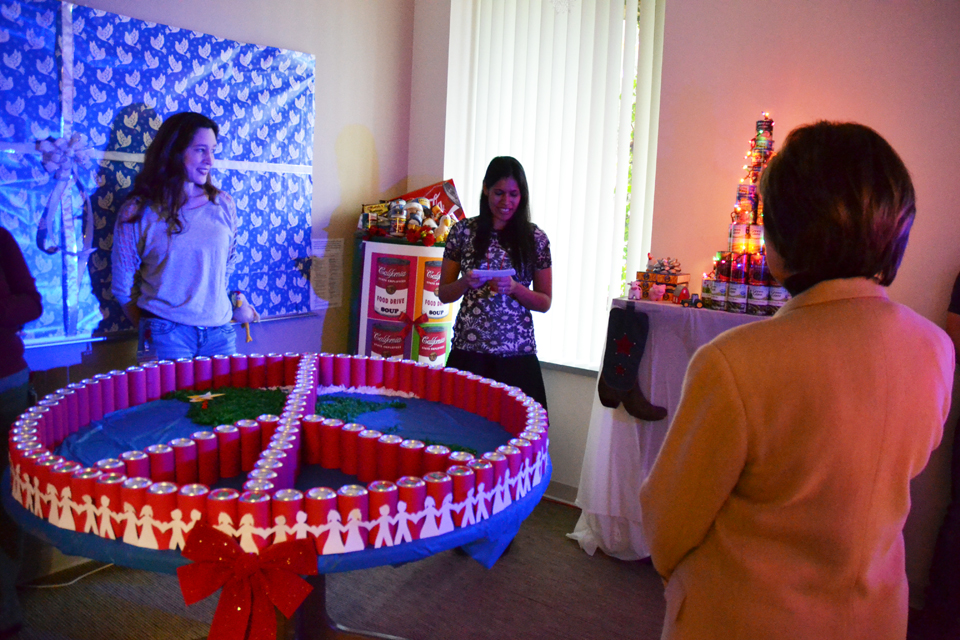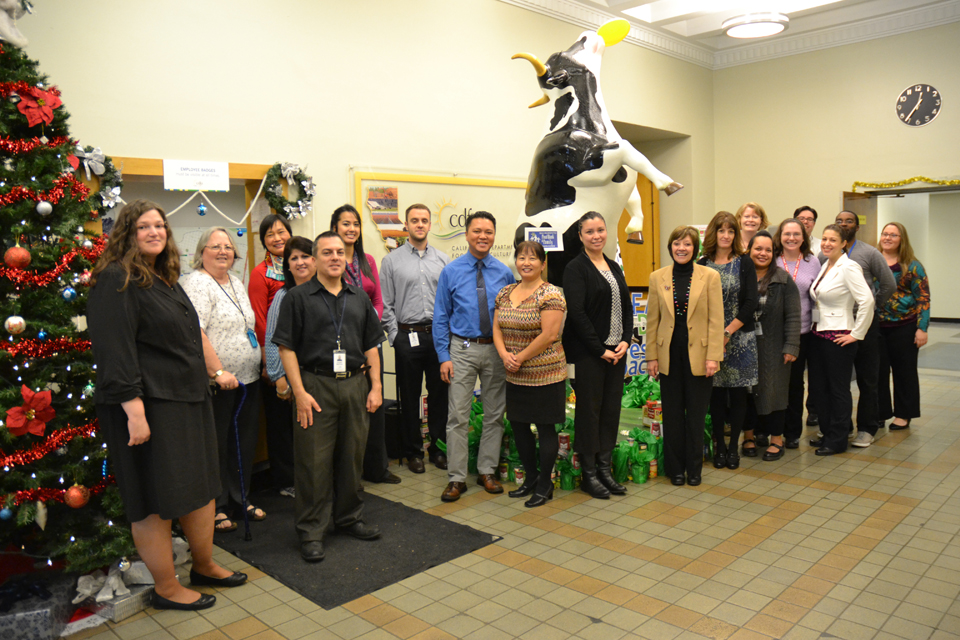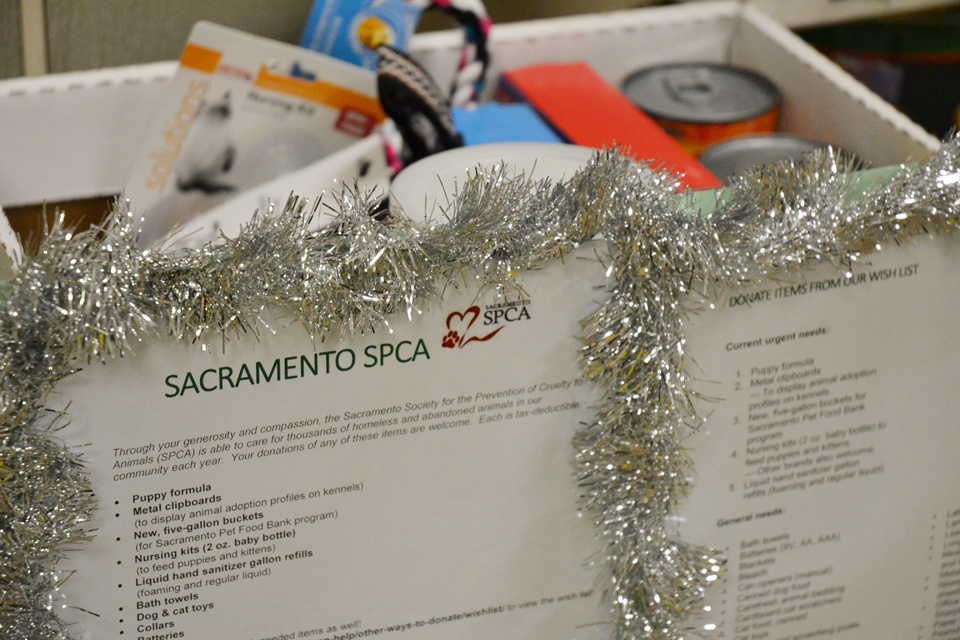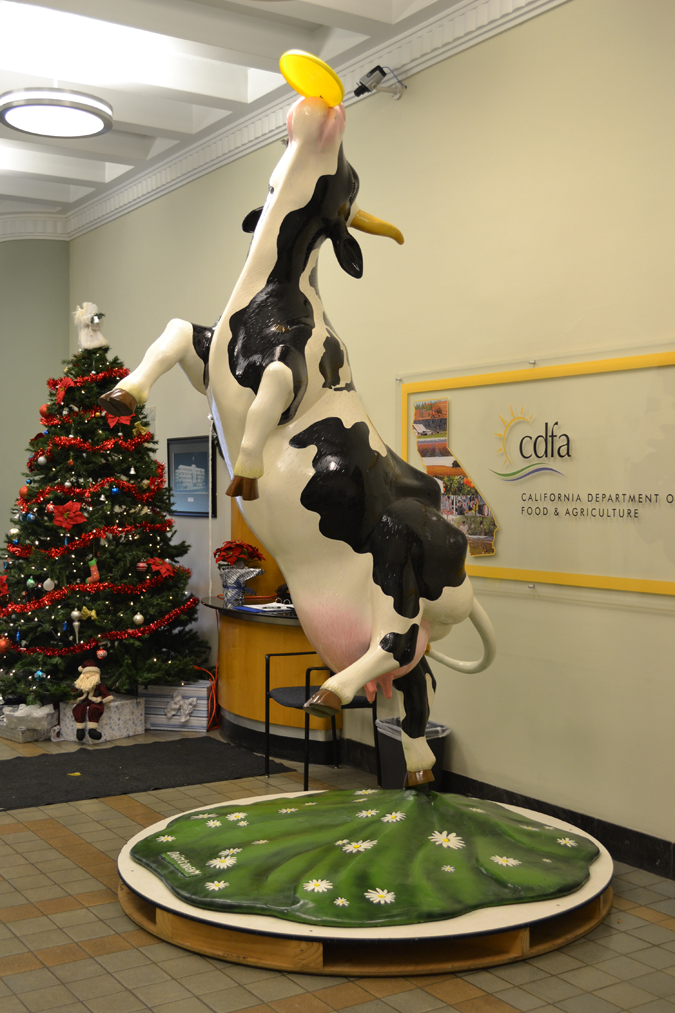By Edward Ortiz
California environmental regulators are exploring how rice farmers can reduce carbon emissions, paving the way for crops to become part of the state’s greenhouse gas reduction program and affecting one of the Sacramento Valley’s powerhouse agricultural industries.
The California Air Resources Board this month directed staff to begin the process for including rice in the state’s cap-and-trade program, marking the first time crop farmers could receive credits for reducing emissions through a change in growing practices.
To sell carbon emission allowances, rice farmers would be required to flood their fields for shorter periods. This would reduce the rice straw decomposition process that leads to the emission of methane, a potent greenhouse gas. Most of the rice in the Sacramento Valley is grown by farmers who flood their rice fields, typically to a depth of 4 to 5 inches, prior to seeding.
The board action is no small matter for rice growers in the Sacramento Valley who grow most of the 550,000 acres of rice cultivated in the state. Including a crop into the program would also resonate across the state since the board would likely follow suit with other crops, said Robert Parkhurst, director of greenhouse gas markets for the Environmental Defense Fund.
“What has been done with the rice protocol can be leveraged to other crops.” Parkhurst said. “Rice is definitely a gateway crop.”
The CARB comment period on including rice in the cap and trade program begins in late February and lasts 15 days. It will then be followed by a 45-day information-gathering period before a board vote is taken on whether to approve adoption. That vote is not expected until the summer, said Dave Clegern, spokesman for the Air Resources Board.
Before the board can decide, it will have to determine what greenhouse gas emissions are produced during different stages of rice cultivation, such as when rice straw is baled and taken off a farm, Clegern said.
“We need more data,” Clegern said.
Farmers would join the program on a voluntary basis and would participate for a 10-year period, said Clegern. Farmers would get paid a market price for each carbon credit sold at auction. Each credit is equal to a ton of carbon dioxide.
Other factors come into play and complicate the issue, including the fate of migratory birds and the will of duck hunters, both of which use flooded rice fields as surrogate wetland. Shortening the time rice fields are flooded will remove crucial wetland habitat for birds and force them to congregate in smaller areas, increasing the risk of avian disease.
Questions also abound for rice farmers, who stand to receive a new revenue stream but must consider impacts on crop production.
“It’s unclear at this time how many rice growers will change production practices to qualify for the offsets,” said Paul Buttner, environmental affairs manager of the California Rice Commission.
“At the current price of carbon, we would expect the revenue potential would be quite modest – likely less than five dollars an acre,” said Buttner.
California’s cap-and-trade program was launched in 2013 as an outgrowth of the state’s emissions-reducing law, Assembly Bill 32. The 2006 law seeks to reduce greenhouse gas emissions to 1990 levels by 2020.
The price of carbon in California’s cap-and-trade program has dipped markedly. In September 2012, the price of a California carbon allowance future peaked at $23.75, according to the market tracking firm Intercontinental Exchange. As of Dec. 24, the carbon allowance future had fallen to $12.58.
It is the first such program in the United States that caps all greenhouse gas emissions from major industries and includes penalties when those industries are in noncompliance.
The program allows industries and other entities that produce greenhouse gases to offset what they produce by purchasing credits or allowances from activity elsewhere that reduces greenhouse gas emissions. If rice were approved for the program, it would join five sectors that include U.S. forests, livestock, urban forests, ozone depleting substances and mines.
Most of California’s major greenhouse gas emitters – those that emit more than 25,000 metric tons of carbon dioxide per year – are required to comply with cap-and-trade regulations. Under AB 32, a company or utility may only emit as much carbon as it has purchased allowances for, over a set period of time.
Purchases, sales or trades of offsets or allowances take place during quarterly auctions run by the Air Resources Board. There have been eight such auctions since the program began.
California’s cap-and-trade program has already operated in the agricultural realm through the livestock industry. In that effort, methods have been put into place to quantify and report greenhouse gas emission reductions on dairy, cattle and swine farms where biogas control systems have been installed to reduce manure methane emissions.
The livestock effort started in January 2012 and has generated 712,000 offsets, according to CARB data.




